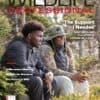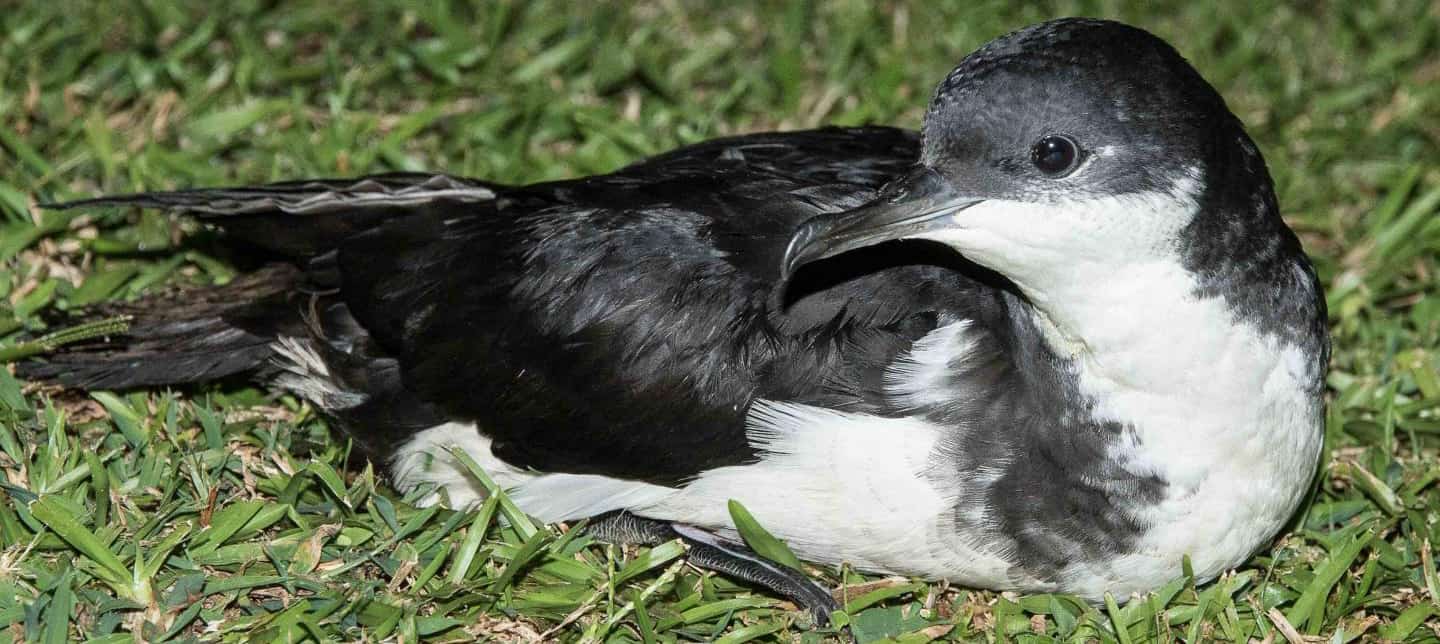Share this article
Unseen for 300 years, endangered seabirds heard on Oahu
It has been over 300 years since Newell’s shearwater (Puffinus newelli) and Hawaiian petrel (Pterodroma sandwichensis) colonies were detected on the Hawaiian island of Oahu. Neither have been found since European contact in 1778. Only been random sightings of dead seabirds have occurred, suggesting the birds had blown in from a storm or been brought down by powerlines, not that they resided on the island.
But researchers recently discovered that possible colonies of both endangered species may be on Oahu, offering hope for their declining populations.
The stronghold for both species is found on the island of Kauai, and there their numbers are dwindling, said TWS member Lindsay Young, the lead author of the study published in The Condor: Ornithological Applicationsand the executive director of Pacific Rim Conservation. Newell’s shearwater numbers have declined by 94 percent in the past 20 years, she said, and with most of the birds on just one island, they’re particularly vulnerable to events like hurricanes, which could devastate a population.
In the study, Young and her colleagues were working with the U.S. Fish and Wildlife Service in 2016 to determine suitable habitat for the seabirds on all Hawaiian islands — except Oahu. They placed automated acoustic recording units throughout the islands to record birdsongs, in some cases accessing remote mountain areas by helicopter. Since the researchers were based in Oahu, though, they decided to put sensors out there, too.
As the team listened to the recordings, they kept an ear out for Newell’s shearwater songs, which sound like a burrowing donkey, and Hawaiian petrel songs, which Young described as a wet finger rubbing up and down a window pane.
Surprisingly, they detected both on Oahu.
In 2017, they expanded their efforts, placing 15 sensors across Oahu. They detected the birds at three remote, mountainous sites. Sensors picked up petrels on the windward slope of Mount Kaala, and shearwaters at two sites, in the Waianae and Koolau mountains.
Researchers heard the birds frequently enough, they believe they may be breeding there, serving as “missing links” in population connectivity between islands.
“These were birds that historically would have nested in colonies on the coast up into the mountains,” Young said. “The fact they are left on steep slopes that you can only get to by helicopter is not a coincidence. These are areas where there are fewer predators.”
Both seabird species face threats of invasive predators in Hawaii, from rats to cats to dogs to pigs. If these recordings do represent relict colonies, they could serve as “insurance populations” in case populations on other islands face extreme weather threats, Young said.
Header Image: A new discovery of a possible new colony of Newell’s shearwaters and Hawaiian petrels is good news for the declining species. ©Lindsay Young








